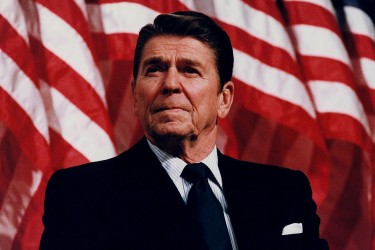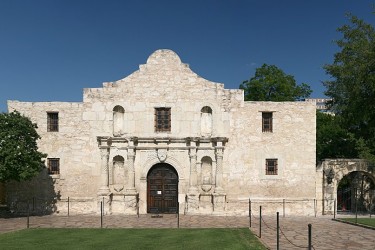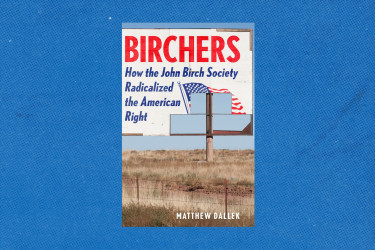Now, with “The Free World,” Menand charts the transformations of cultural and intellectual life, primarily in the United States and Europe, during those early Cold War years. He examines and interprets the lives and works of scholars, essayists, painters, poets, novelists, dancers, singers, filmmakers and critics active in the mid-1940s through the mid-1960s. It is an engrossing and impossibly wide-ranging project — as idiosyncratic as it is systematic — written by an author confident that the things that interest him will interest his readers, too. And he’s right.
The Cold War-era cultural world prized freedom, Menand argues, in the most elastic sense of the word. Writers warned of the lurking dangers of totalitarianism and oppression — George Orwell and Hannah Arendt get plenty of attention here — and artists came to value the forms of their art over its social content, and authenticity over political obligations. The most vital freedom of this world was the freedom to experiment, to cast off old commitments “that had previously seemed sacrosanct or indispensable.” In an era of containment, the American mind was suddenly uncontainable.
The exercise of this freedom catapulted American creators to the center of mid-century artistic and intellectual life, even as the U.S. government, a superpower still trying out its new abilities, followed up a successful war of liberation in World War II with a failed war of domination in Vietnam. In “The Free World,” America simultaneously builds up enormous cultural capital and squanders vast political capital. It’s still not clear how such accounts have been settled.
One of the most memorable moments in “The Free World” is Menand’s retelling of “Theater Piece No. 1,” a multimedia creation by composer John Cage, which featured dance, lectures, piano, film projections and poetry readings, performed all at once at North Carolina’s Black Mountain College in 1952. A true description of the event is difficult. There was no real stage — the audience sat in chairs facing one another while the performers occupied the aisles — so witness accounts differ dramatically. This effect was deliberate. The seating arrangement “de-centered the performance,” Menand explains. “The experience of each member of the audience was a function of the direction in which they were looking and the actions to which they elected to pay attention.” Cage was amused when an audience member arrived early, hoping for the best seat. “There was no best seat,” Menand writes, just different ones from which to choose and absorb some portion of the endless variations. Merce Cunningham was among the dancers, while Robert Rauschenberg’s “White Painting” hung overhead, the canvases white, uninflected, changing only depending on the light, the environment, the context and, above all, the spectator. The burdens and possibilities fell on the audience, as with so much of the art and thought Menand assesses.



















